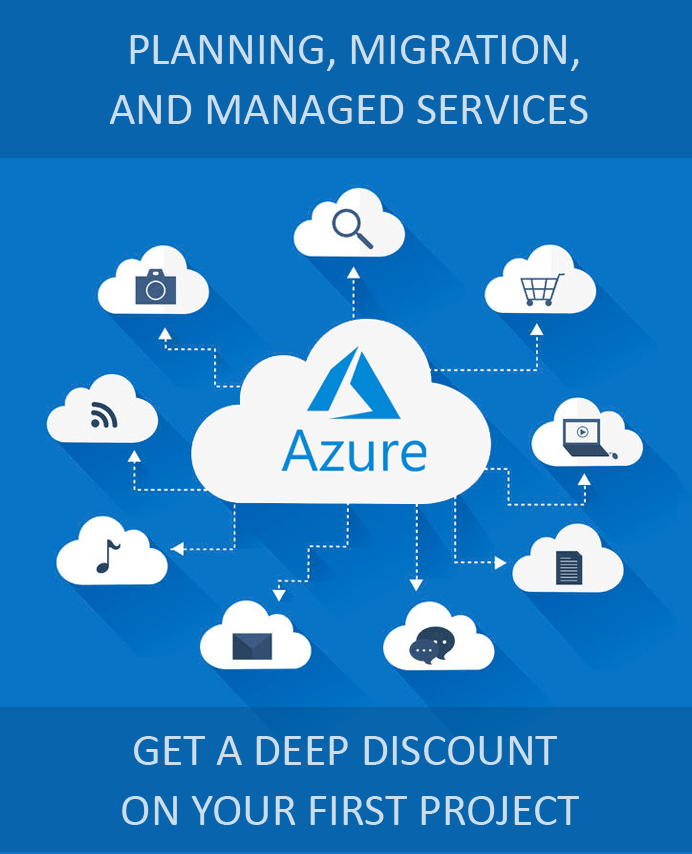Active Directory Domain Services vs Azure Active Directory
Microsoft Active Directory is a broad range of directory-based identity-related services that are used to provide secure access to resources to organizations and individuals. These services can be used to provide a central identity for device, application, and service access. There are different types of Active Directory solutions that give implementation flexibility for meeting unique organizational needs. The primary difference between them is in the level of support for on-premises and cloud environments.
Azure AD is primarily an identity solution, and it is designed for internet-based applications by using HTTP (port 80) and HTTPS (port 443) communications. Azure AD users and groups are created in a flat structure. Unlike Windows AD, there are no Organizational Units (OUs) and Group Policy Objects (GPOs). Azure AD cannot be queried through LDAP. Azure AD does not use Kerberos authentication but HTTP and HTTPS protocols such as SAML, WS-Federation, and OpenID Connect for authentication (and OAuth for authorization). Let us dissect the differences between Active Directory Domain Services vs Azure Active Directory and help you identify the right solution for your business requirement.
Active Directory Solutions Differences
Although the different Active Directory services have technological commonalities, they differ in terms of capabilities and are designed for different customer demands.
Active Directory Domain Services (AD DS)
It is a lightweight directory access protocol (LDAP) server for enterprises that provides features for identity and object management along with group policies, authentication, and trust features. It is implemented by organizations primarily for managing their on-premises IT environment.
Azure Active Directory (Azure AD)
It is an integrated solution for mobile device and cloud-based identity management that includes account and user authentication methods for SaaS applications and services.
Azure Active Directory Domain Services (Azure AD DS)
It is a service that provides managed domain experience that simplifies the implementation of AD DS by reducing its complexity while providing the same core service components.
Difference Between Active Directory Domain Services vs Azure Active Directory
While Azure AD DS provides a subset of features od AD DS, the other two implementations, namely AD DS and Azure AD have more significant differences. Let us make a head-to-head comparison between AD DS vs Azure AD based on 5 important parameters.
Scalability
Because Azure AD is based on the REST-based Graph API unlike the Lightweight Directory Access Protocol (LDAP), it is much easier to scale than AD DS. Azure AD is specifically designed as a multi-tenant solution and is much more widely used with millions of users relying on it for their Microsoft Online business services including their Office 365 subscriptions.
Security Solutions
Azure AD is primarily an identity management solution. It is a service that protects devices and applications accessing the internet relying on OAuth and OpenID Connect protocols for authentication. AD DS, on the other hand, is a domain controller that can be implemented either on-premises or on virtual machines. It saves the information of user accounts and enables other authorized users to access this information for user and resource management. Both AD DS and Azure AD DS use Kerberos and NTLM protocols for authentication.
Integrations
Azure AD enables users to access not just some of the most commonly used Microsoft applications like Excel, Word, and SharePoint Online, but also thousands of other software applications from third-party developers with a single set of credentials using Single Sign-On (SSO) feature. AD DS, on the other hand, is a directory for managing local network resources such as servers, volumes, printers, and the network user and computer accounts that are shared among users.
Simplicity
Azure AD is the simpler of the two solutions. Subscribers can start using its inbuilt capabilities without worrying about its deployment, management, patching, and security settings. This is in contrast with the AD DS where the entire infrastructure assets have to be monitored and managed by dedicated personnel. This requirement can be reduced by opting for Azure AD DS for managed domain services to extend central identity to traditional web applications with AD DS features such as domain join, group policy, and Kerberos / NTLM authentication.
Management
Azure AD is managed by a Mobile Device Management (MDM) software like Intune. Its directory consists of device objects like end-user phones, laptops, and desktops that have access to enterprise applications. AD DS and Azure AD DS rely on a Group Policy for management. This directory consists of computer objects like server VMs that have been deployed on Azure in a virtual network.
Implementing Azure Solutions for Businesses
Azure solutions help businesses scale up their operations by seamlessly extending their on-premises capabilities to the cloud-based environment. This reduces cost and complexity operations while increasing productivity. As a Tier 1 Cloud Solution Provider (CSP) for Azure services, Apps4Rent offers 24/7 email, chat, and phone support for setup, installation, deployment, and end-to-end services. Contact our Azure experts today!


